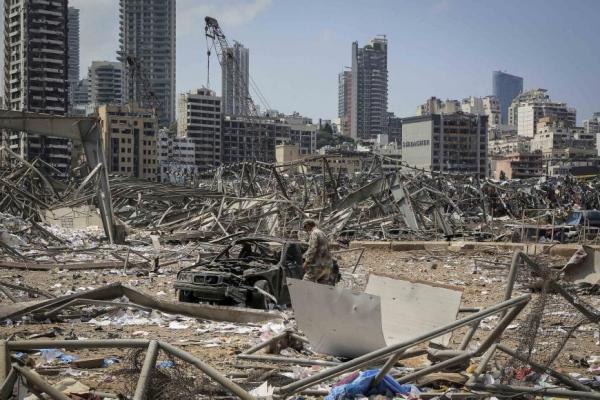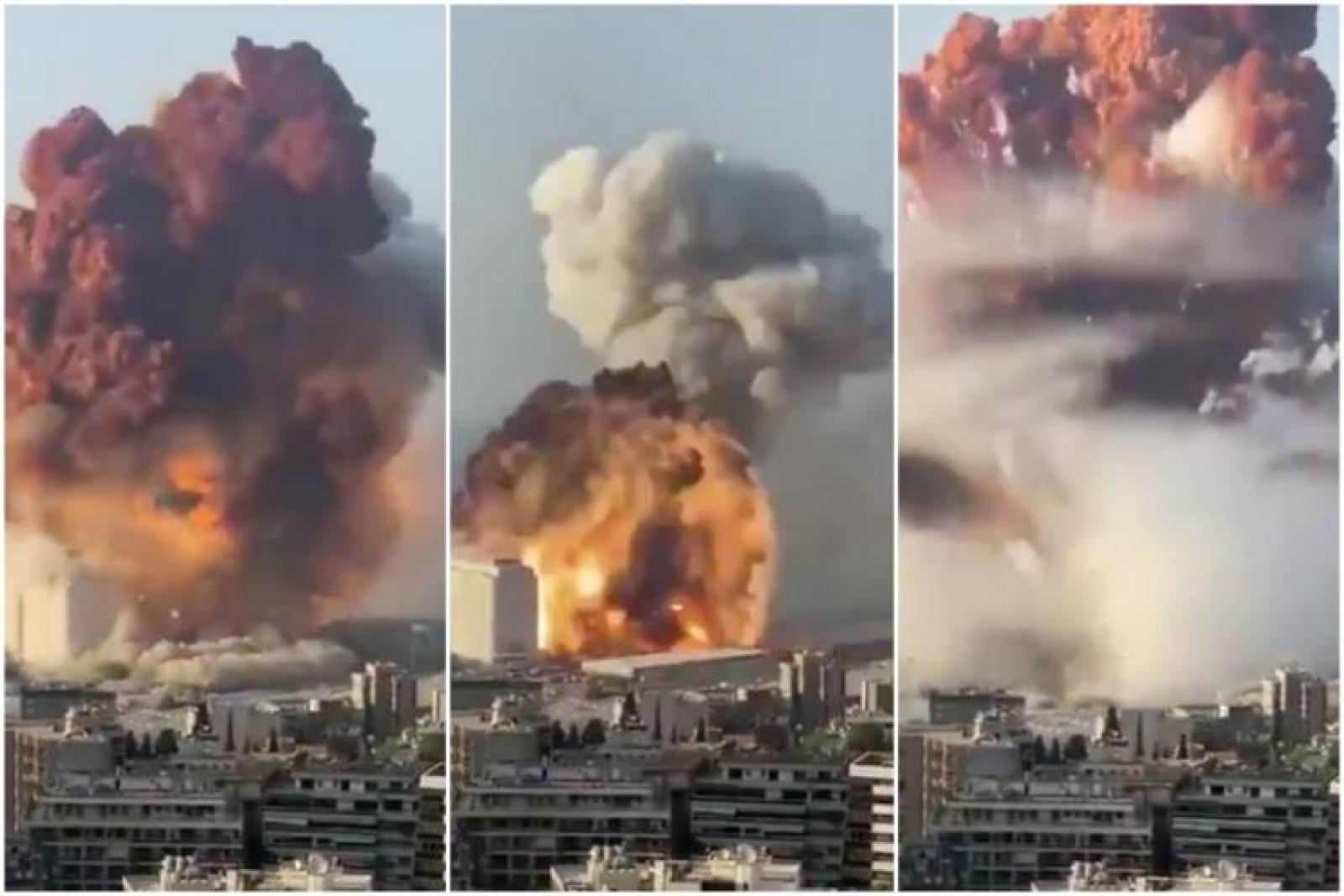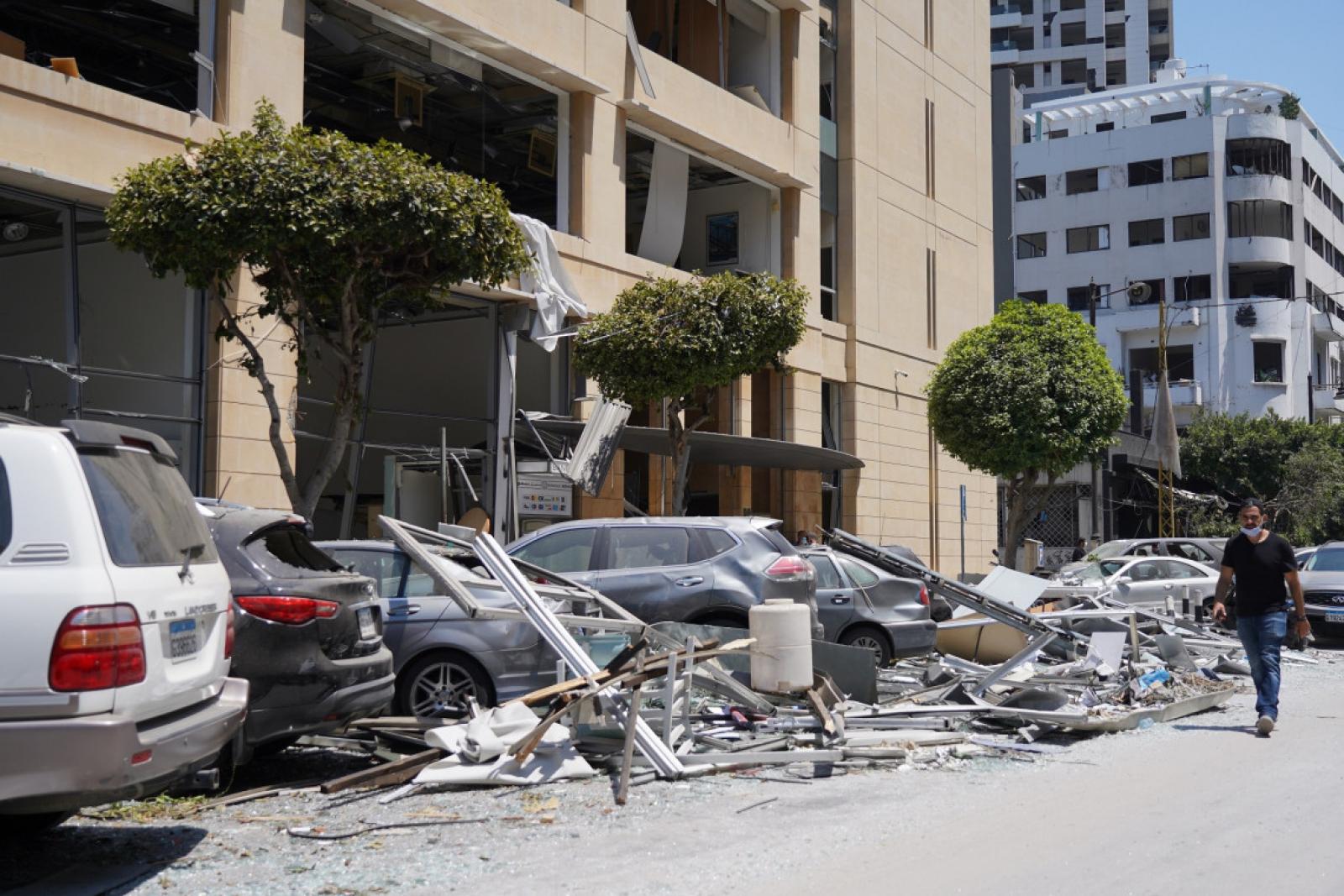Beirut Port
On August 4, a massive explosion at the Beirut seaport destroyed the capital, killing over 200 people, injuring over 6,000, and displacing 300,000 people. The blast was caused by 2,750 tons of ammonium nitrate that had been processed in a Beirut port warehouse without proper safety measures for over six years. The reasons of the material's detonation are still unknown. Since Lebanon imports 85 percent of its produce, and the port previously handled 70 percent of the country's imports, the explosion influenced the country's food supply. The blast shut down 163 public and private schools, as well as half of Beirut's healthcare facilities.
The officials promised a thorough inquiry into the explosion's causes. Domestic authorities' investigation, on the other hand, was neither transparent nor impartial, and it failed to follow international requirements. Political intervention in the judiciary has been reported by Lebanese and international human rights organizations for years, and the judiciary's lack of independence has been criticized. Human Rights Watch has previously reported cases in which the judiciary has refused to uphold the rule of law or perform unbiased and systematic inquiries into claims of government wrongdoing. Furthermore, preliminary evidence indicates that some judges were aware that ammonium nitrate was stored in Beirut's port but did nothing about it.
Civilians resumed protests on 8 August, days after the explosion that tore through Beirut. The Lebanese military and security forces responded by shooting at unarmed protesters, including with live ammunition. On several occasions documented by Amnesty International the use of force was unnecessary, unprovoked, and designed to disperse a peaceful protest. Even where the restricted use of force was justified, the way security forces reacted to stone-throwing, for example, and the use of less-lethal weapons was illegal. They shot rubber bullets into crowds at chest height, suggesting a shoot-to-kill campaign, used large amounts of tear gas, and battered demonstrators with batons as they ran.

Images


Videos
References
Lebanon protesters' euphoria gives way to despair, BBC NEWS, October 17, 2020
Lebanon: Set Impartial, Expert Probe of Beirut Blast, Human Rights Watch, August 6, 2020
Lebanon: Flawed Domestic Blast Investigation, Human Rights Watch, October 22, 2020
Lebanon: Beirut explosion must be independently investigated, Amnesty International, August 5, 2020